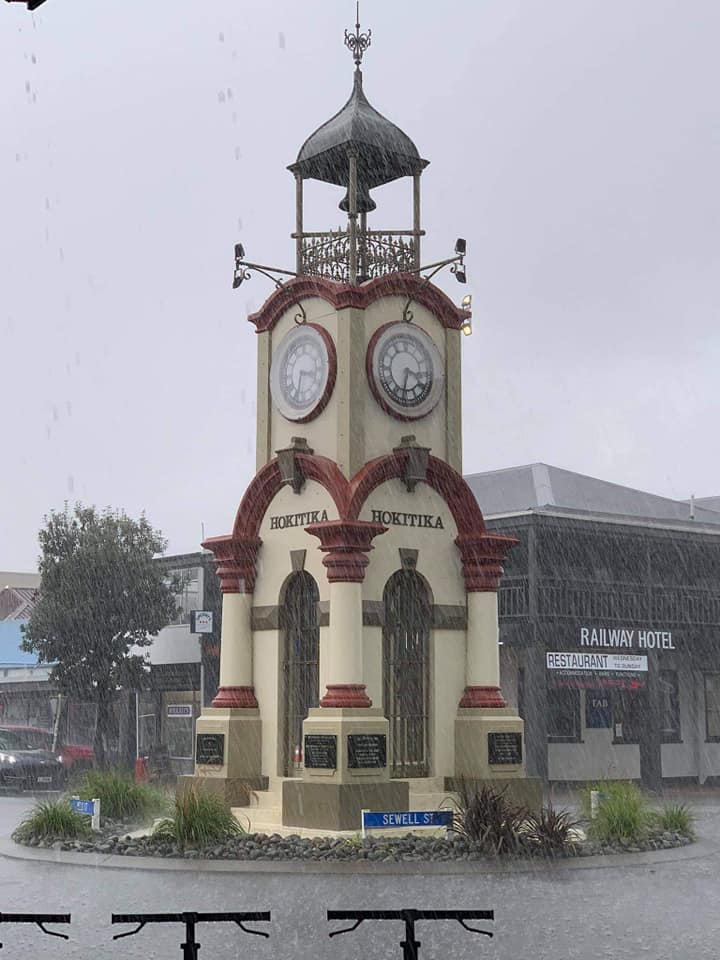SEAVIEW
Out of town and out of sight, seaview is an elevated plateau with excellent views of the Tasman Sea. The place is abandoned and windswept with its history as a mental asylum. The mental facility spreads over 150 acres with timber buildings still labelled with their original use. At its peak there were over 500 residents, the town’s jail, chapel and swimming pool. It is a dilapidated area and access is by walking up the hill towards the ghosts of former residents. Fittingly the area is used for search and rescue exercises by the police training units. The Hokitika cemetery is at the back of the Seaview complex.
Hokitika Cemetery
Hungerford Mausoleum was built to house grief. The grand monument has the two infant sons of Thomas Walter Hungerford and his wife Eliza (née Delany). Both the sons were also named Thomas Walter and died in Feb 1873 (aged 18 months) and Feb 1874 (aged 10 months). Local court bailiff Thomas Christian (d. 2 April 1878 aged 52) is also buried in the mausoleum. The grand monument is unusual in New Zealand rural cemeteries. The Victorian edifice is an excellent example of the early use of concrete.




